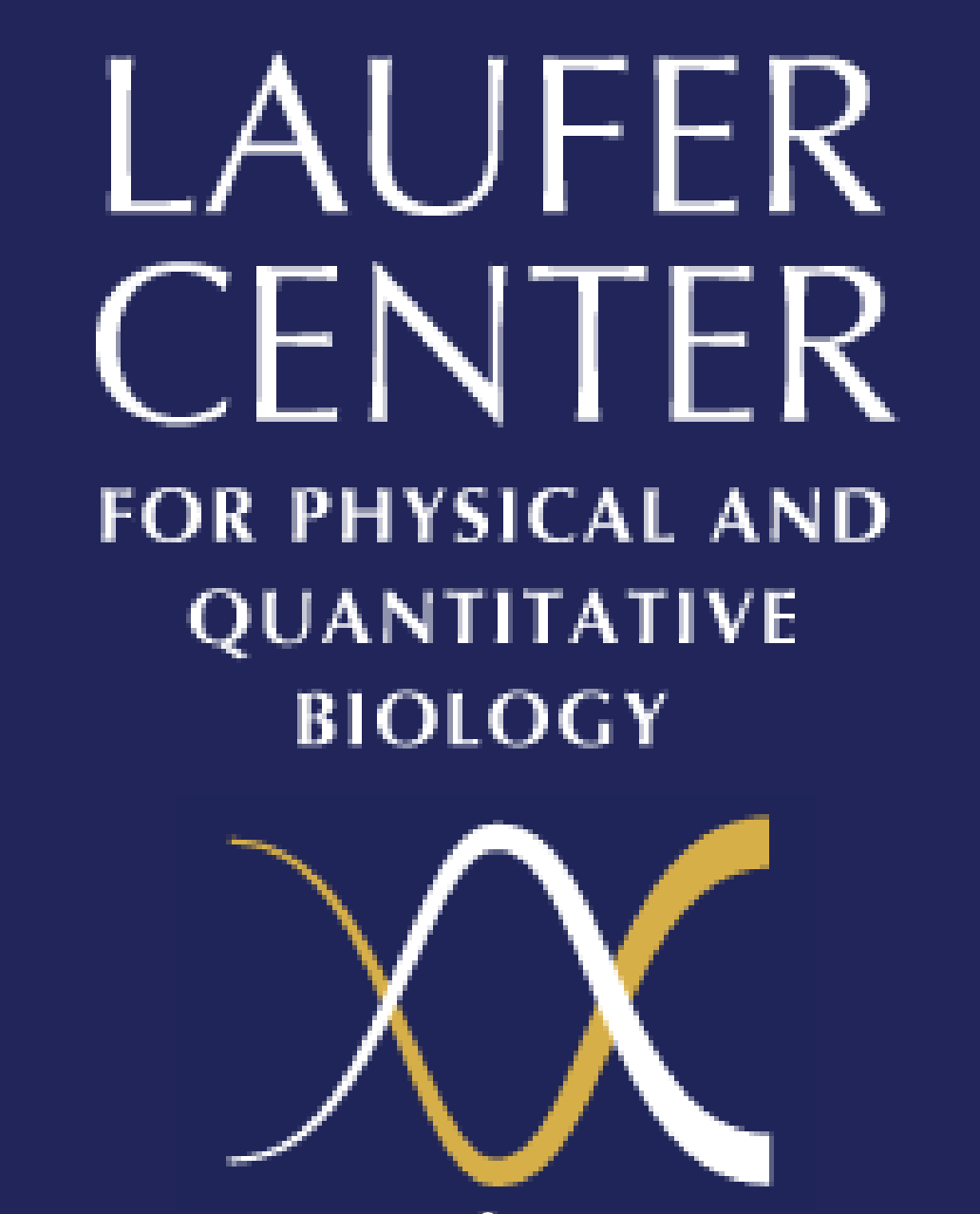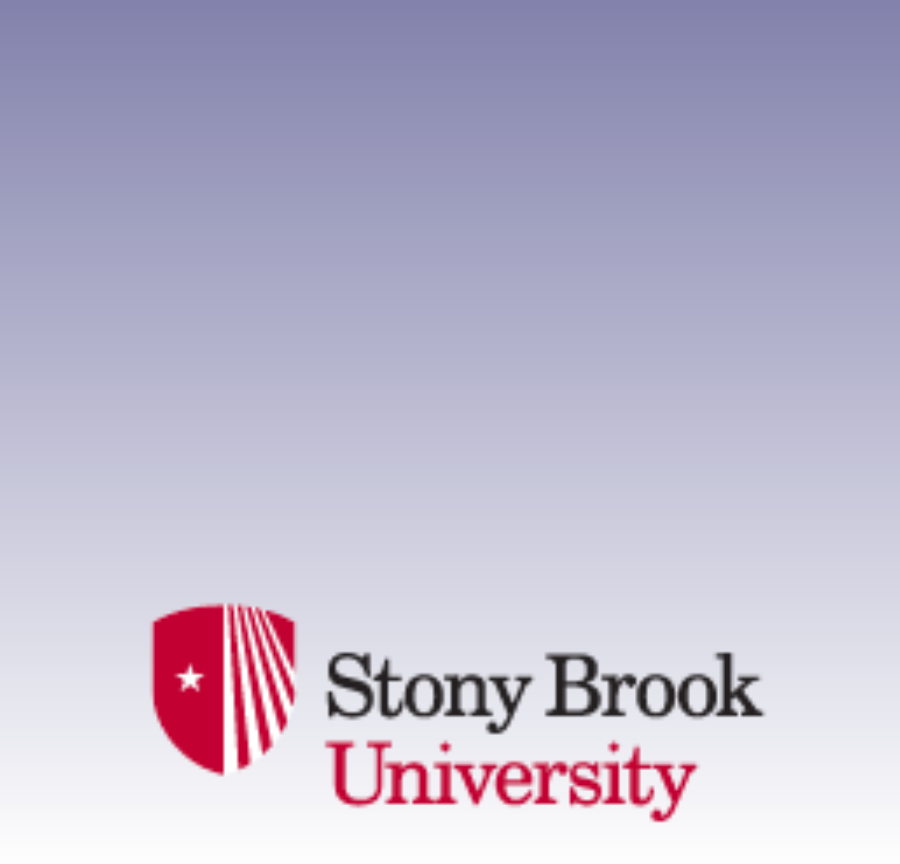Biological Dynamics & Networks CHE 559 / PHY 559 / AMS 537
Spring 2022 Tu/Th 3:00 - 4:20 PM
Tom MacCarthy, Course PI
AMS-537 / PHY-559 / CHE 559 : Biological dynamics and networks, Spring 2022
Instructor: Tom MacCarthy, Math Tower 1-101, This email address is being protected from spambots. You need JavaScript enabled to view it.
Class time period: Tue/Thu 3-4:20pm, starting Thursday Feb 27, 2022. Class meetings are captured (and streamed live) via Zoom (links in Blackboard), thereby allowing students to participate remotely, asking questions, posting to chat, etc.
Office hours: Mon/Fri 9:30-10:30am
Course description: This course will provide a solid foundation in key theoretical concepts for the study of dynamics in biological systems and networks at different scales ranging from the molecular level to metabolic and gene regulatory networks. No prior knowledge of biology or mathematical/computational techniques is required.
Course topics:
Modeling of chemical reaction networks and biochemical kinetics;
Separation of timescales, Enzymes: Michaelis-Menten and Hill equations
Gene Regulatory Network Models, homodimerizing TFs
Autoregulation and cooperativity
Generalized Mass Action and S-system modeling
Dynamics/response time of simple gene regulation, toggle switch
Local Stability, oscillations, bifurcations. Non-dimensionalization.
Network Motifs and the feed-forward loop.
Chemotaxis; Kinetic proof-reading; Self v non-self recognition in immune system
Optimal gene circuit design
Optimal regulation in varying environments,
Network theory: centrality measures, diffusion in networks, random walks
Neural networks and deep learning
Population genetics, Hardy Weinberg law. Irreversible/reversible mutation models
Germinal center models; NK Model and neutral networks
Evaluation: The course will be graded on 2 homeworks (50% of grade), and a final project (50% of grade).
Texts:
Brian Ingalls, Mathematical Modeling in Systems Biology
Uri Alon, An introduction to Systems Biology
M.E.J. Newman, Networks: an introduction
Eberhard Voit, A first course in Systems Biology
Communication: Please use email (This email address is being protected from spambots. You need JavaScript enabled to view it.) for course-related communications. If you use Blackboard’s Email Tool, it will automatically include your full name, course name, and section when you send emails. Your Stony Brook University email must be used for all University related communications. All correspondence will be sent to your SBU email account. Please plan on checking your SBU email account regularly for course related messages. To log in to Stony Brook Google Mail, go to http://www.stonybrook.edu/mycloudand sign in with your NetID and password.
Technical Requirements: This course uses Blackboard ( https://blackboard.stonybrook.edu ) to facilitate communications between faculty and students, submission of assignments, and posting grades. If you are unsure of your NetID, visit https://it.stonybrook.edu/help/kb/finding-your-netid-and-password
for more information. You are responsible for having a reliable computer and Internet connection throughout the term. Caution! You may be at a disadvantage if you attempt to complete all coursework on a smart phone or tablet. It may not be possible to submit the files required for your assignments. The following list details a minimum recommended computer setup and the software packages you will need to access and use:
Hardware:
– PC (Windows 10 or higher) or Macintosh (OS X/macOS 10.11 or higher).
– Intel Core i5 processor (or higher).
– 250 GB hard drive.
– 8 GB RAM.
– A high-speed internet connection. Note that public WiFi (e.g., Starbucks) and internet service provider hotspots (e.g., optimumwifi or xfinitywifi) are not recommended.
– Printer and scanner. A smartphone or tablet camera can work in some cases for the latter with apps such as CamScanner (there are myriad others). You may be OK without a printer, but many students will find it helpful to print some of the homework pages, to be able to work on the hard copy, instead of using software to draw figures.
– Speakers (either internal or external) or headphones. Headphones are strongly recom- mended to reduce the risk of feedback during communications.
– Microphone (either internal or external).
– WebCam or other camera (interfacing with your computer) for producing video.
– Smartphone
Software (additional tools may be needed). Remember to use your Stony Brook email or NetID when configuring specialized software:
– The ability to download and install software applications and plug-ins. Note that you may need administrator access to install some applications and plug-ins.
– An up-to-date Internet browser, such as Chrome, Firefox, Explorer/Edge (Windows), or Safari (macOS). A complete list of supported browsers and operating systems can be found on the My Institution page when you log in to Blackboard.
– Word processing software (e.g., Microsoft Word, Pages).
– PDF viewer, such as Adobe Reader.
– Zoom. Stony Brook has a site license for Zoom; you can find information on downloading, installing, and using Zoom at https://it.stonybrook.edu/services/zoom/students.
Technical Assistance: If you need technical assistance at any time during the course or to report a problem with Blackboard you can:
-Submit a help request ticket: https://it.stonybrook.edu/services/itsm
-Phone (631) 632-9800 for issues with client support, WiFi, software, and hardware.
-Visit the 1st Floor of the Student Union (if you are on campus).
Students who need assistance with their personal devices can contact DoIT's service desk at (631) 632- 9800 or submit an online request. For more information, visit: https://it.stonybrook.edu/students
Electronic Communication Statement: Email and especially email sent via Blackboard ( http://blackboard.stonybrook.edu ) is one of the ways the faculty officially communicates with you for this course. It is your responsibility to make sure that you read your email in your official University email account. For most students that is Google Apps for Education ( http://www.stonybrook.edu/mycloud ), but you may verify your official Electronic Post Office (EPO) address at http://it.stonybrook.edu/help/kb/checking-or-changing-your-mail-forwarding-address-in-the-epo. If you choose to forward your
official University email to another on-campus account, faculty are not responsible for any undeliverablemessages to your alternative personal accounts. You can set up Google Mail forwarding using these DoIT-provided instructions found at http://it.stonybrook.edu/help/kb/setting-up-mail-forwarding-in-google-mail. If you need technical assistance, please contact Client Support at (631) 632-9800 or This email address is being protected from spambots. You need JavaScript enabled to view it..
Information Dissemination: Announcements and email communications will be done via Blackboard, with emails to your Stony Brook University email address. You are responsible for checking Blackboard and your email regularly. Exceptions will not be granted if you forward your Stony Brook emails to another account and a message is missed.
Student Absences Statement: Students are expected to attend every class, report for examinations and submit major graded coursework as scheduled. If a student is unable to attend lecture(s), report for any exams or complete major graded coursework as scheduled due to extenuating circumstances, the student must contact the instructor as soon as possible. Students may be requested to provide documentation to support their absence and/or may be referred to the Student Support Team for assistance. Students will be provided reasonable accommodations for missed exams, assignments or projects due to significant illness, tragedy or other personal emergencies. In the instance of missed lectures or labs, the student is responsible for reviewing slides and notes and viewing the recorded videos of the classes they miss.Please note, all students must follow Stony Brook, local, state and Centers for Disease Control and Prevention (CDC) guidelines to reduce the risk of transmission of COVID. For questions or more information, see https://www.stonybrook.edu/commcms/comingback/students.php
Student Accessibility Support Center Statement: If you have a physical, psychological, medical, or learning disability that may impact your course work, please contact the Student Accessibility Support Center, Stony Brook Union Suite 107, (631) 632-6748, or at This email address is being protected from spambots. You need JavaScript enabled to view it.. They will determine with you what accommodations are necessary and appropriate. All information and documentation is con_dential.
Academic Integrity Statement: Each student must pursue his or her academic goals honestly and be personally accountable for all submitted work. Representing another person's work as your own is always wrong. Faculty are required to report any suspected instances of academic dishonesty to the Graduate Program Director, who refers them to the Academic Integrity Committee.
Critical Incident Management: Stony Brook University expects students to respect the rights, privileges, and property of other people. Faculty are required to report to the Office of Student Conduct and Community Standards any disruptive behavior that interrupts their ability to teach, compromises the safety of the learning environment, or inhibits students' ability to learn. Until/unless the latest COVID guidance is explicitly amended by SBU, during Spring 2022 "disruptive behavior” will include refusal to wear a mask during classes.
For the latest COVID guidance, please refer to: https://www.stonybrook.edu/commcms/strongertogether/latest.php

